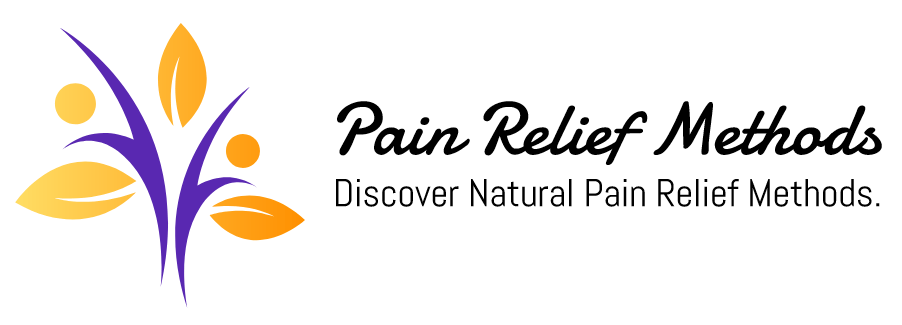Table of Contents
What Are The Best Treatments Of Herniated Disc?
Introduction
The discs in your spine act as cushions between the vertebrae. A herniated disc occurs when the soft inner core bulges outward, potentially pressing on nerves and causing pain, numbness, or weakness. While herniated discs can be debilitating, the good news is there are several effective treatments available to manage pain and promote healing. This article explores various treatment options for herniated discs, from conservative therapies to surgery.
Non-Surgical Treatments:
These are the first-line treatments for most herniated discs, allowing the disc to heal naturally and reducing nerve irritation.
-
Rest And Activity Modification:
Avoid strenuous activities that aggravate pain. Short periods of rest (a few days) are okay, but prolonged bed rest can weaken muscles and worsen pain.
-
Pain Medication:
Over-the-counter pain relievers like acetaminophen (Tylenol) or NSAIDs (ibuprofen [Advil, Motrin] or naproxen [Aleve]) can help manage pain. Consult your doctor for guidance on dosage and potential side effects.
-
Physical Therapy:
A cornerstone of herniated disc treatment. Physical therapists design personalized exercise programs to strengthen core muscles, improve flexibility, and promote proper posture. These exercises can help stabilize the spine and reduce pressure on the herniated disc.
-
Heat And Ice Therapy:
Apply heat with a heating pad or warm compress to relax muscles. In the initial stages, ice packs can reduce inflammation. Alternate between heat and ice for 20-minute intervals, several times a day.
-
Muscle Relaxants:
In some cases, your doctor might prescribe muscle relaxants to relieve muscle spasms that contribute to pain.
Medications For Severe Pain:
If pain persists despite conservative measures, your doctor might consider:
-
Prescription Pain Relievers:
Stronger pain relievers like opioids may be used for short-term management of severe pain. Opioids have a high risk of addiction and side effects, so use them cautiously.
-
Epidural Steroid Injections:
Cortisone medication is injected into the epidural space around the spinal cord to reduce inflammation around the irritated nerve root. This can provide targeted pain relief, but effects are often temporary.
Considering Surgery:
Surgery is usually a last resort for severe herniated discs that don’t respond to conservative treatments and cause significant pain, weakness, or bowel/bladder dysfunction. Common surgical procedures include:
-
Microdiscectomy:
A minimally invasive procedure that removes the herniated disc portion pressing on the nerve.
-
Discectomy And Fusion:
This surgery removes the herniated disc and may involve fusing the vertebrae together for added stability.
Additional Tips For Herniated Disc Recovery:
-
Maintain Good Posture:
Practice proper sitting, standing, and lifting techniques to prevent further strain on your back.
-
Ergonomics:
Invest in a supportive chair and ensure your workspace promotes good posture.
-
Healthy Weight Management:
Excess weight puts additional strain on your spine. Maintaining a healthy weight can help reduce pressure on discs.
-
Smoking Cessation:
Smoking can hinder healing and increase the risk of complications.
FAQs On Herniated Disc Treatment
-
How Long Does It Take To Recover From A Herniated Disc?
Most people experience significant improvement within 6-12 weeks with conservative treatment.
-
What Are The Risk Factors For Herniated Discs?
Age, repetitive heavy lifting, improper posture, and smoking can increase your risk.
-
Can I Prevent Herniated Discs?
Maintaining a healthy weight, practicing good posture, and strengthening core muscles can help reduce your risk.
-
Should I See A Doctor For A Suspected Herniated Disc?
Consult your doctor if you experience severe pain, numbness, weakness, or difficulty controlling your bowels or bladder.
-
What Imaging Tests Are Used To Diagnose Herniated Discs?
X-rays, MRI scans, and CT scans can help visualize the spine and identify the location and severity of the herniation.
Conclusion
Herniated discs can be painful, but numerous treatment options are available to manage pain and promote healing. Most people find relief with non-surgical therapies like physical therapy and medication. Surgery is usually a last resort for severe cases. Early diagnosis and intervention are key to a successful recovery. By working with your doctor and exploring the various treatment options, you can find relief and get back to enjoying your life.
References
- American Academy of Orthopaedic Surgeons. (2022, January 11). Herniated Disc. https://orthoinfo.aaos.org/en/diseases-conditions
Discover more from Pain Relief Methods
Subscribe to get the latest posts sent to your email.
